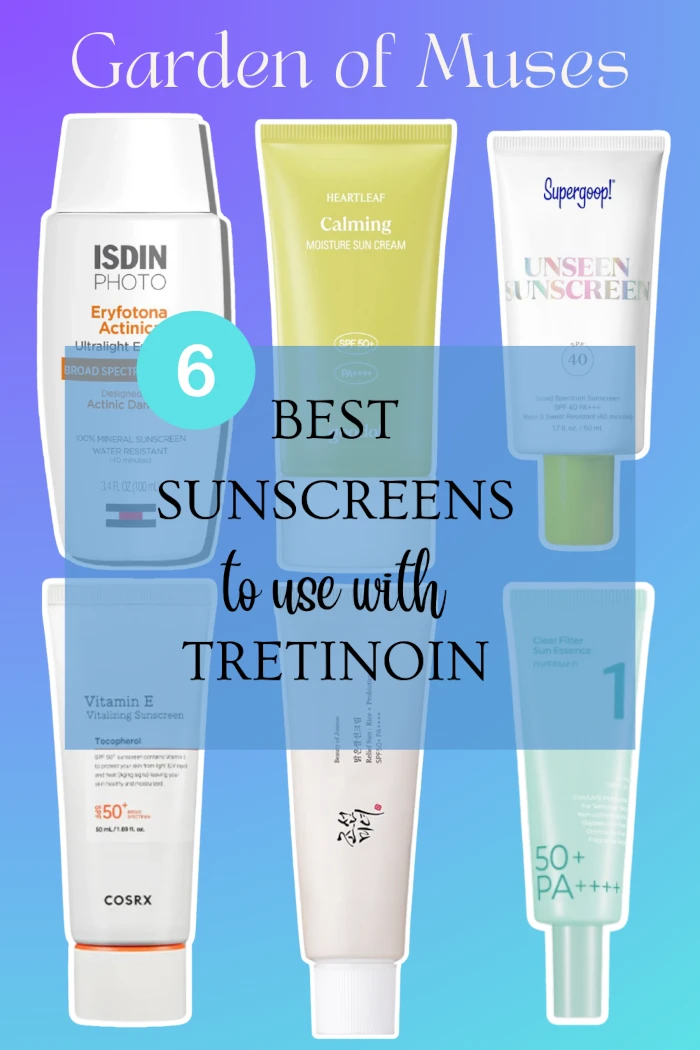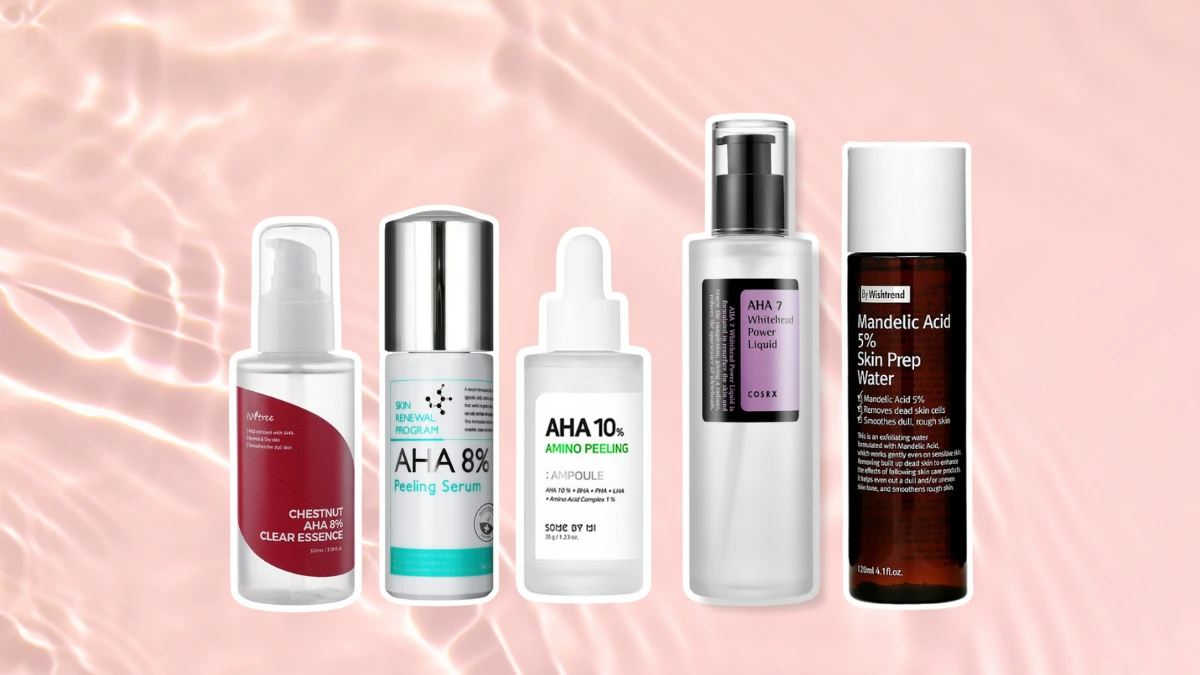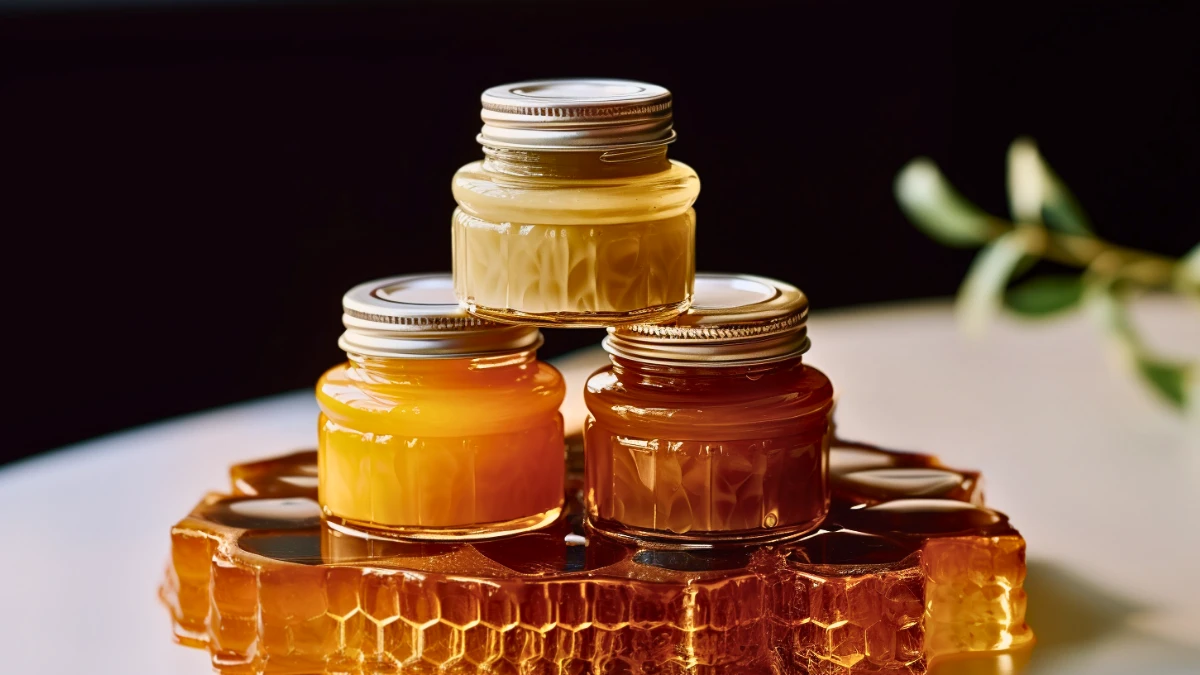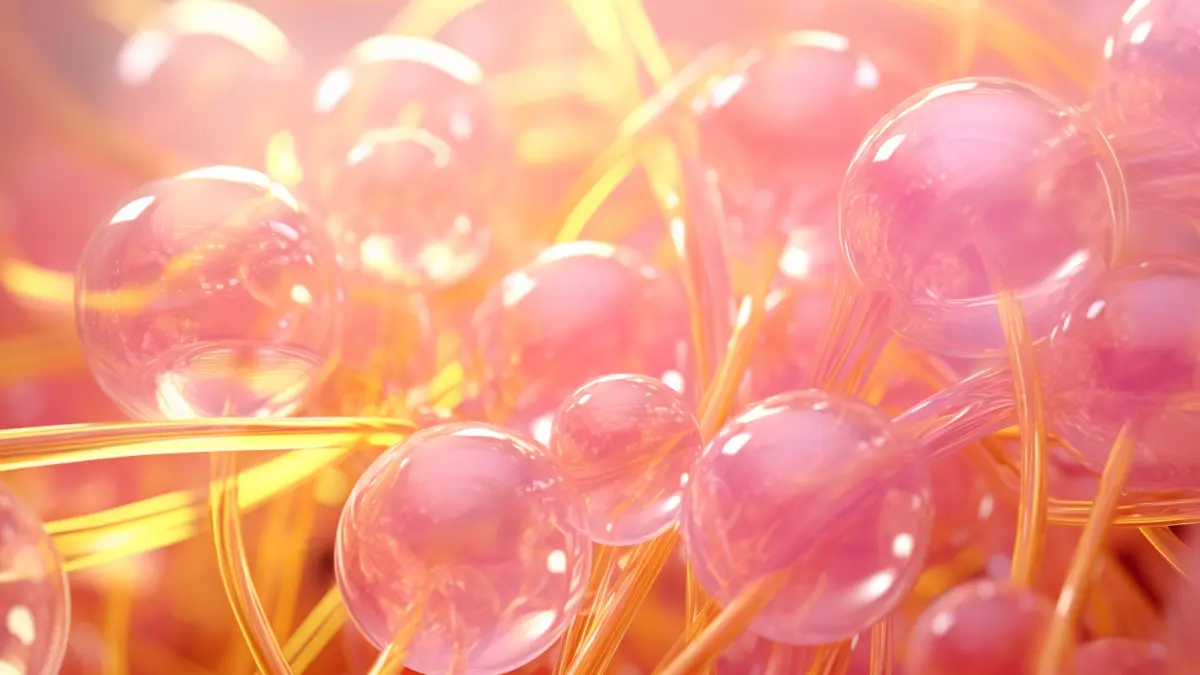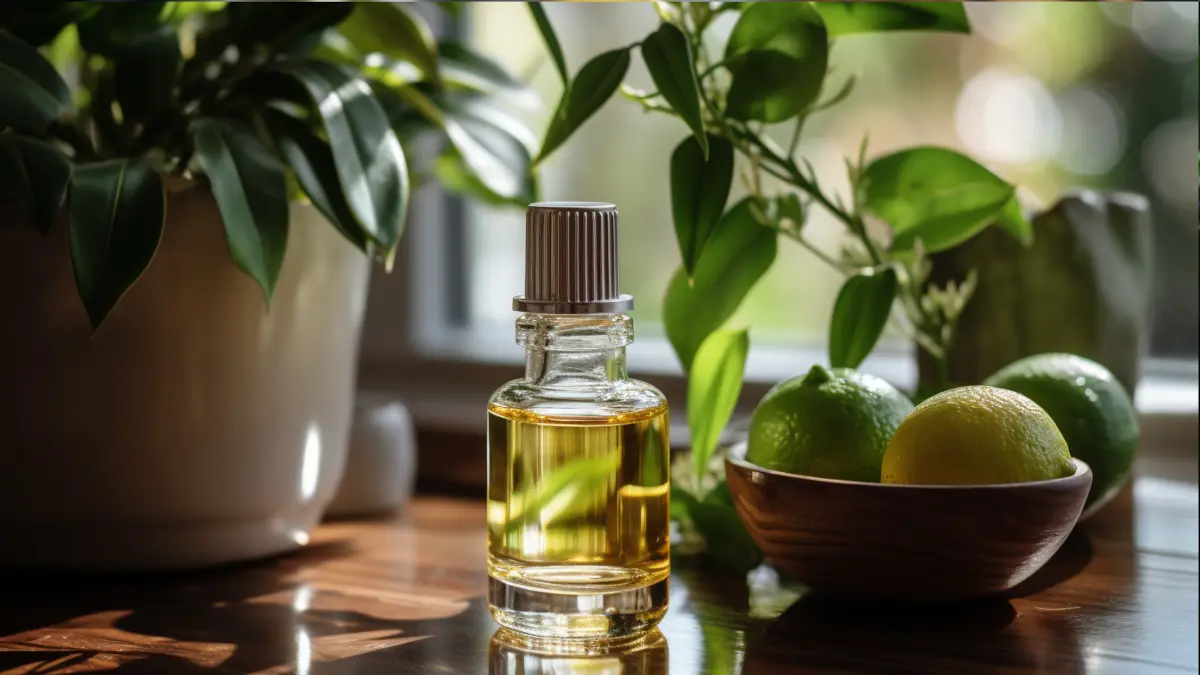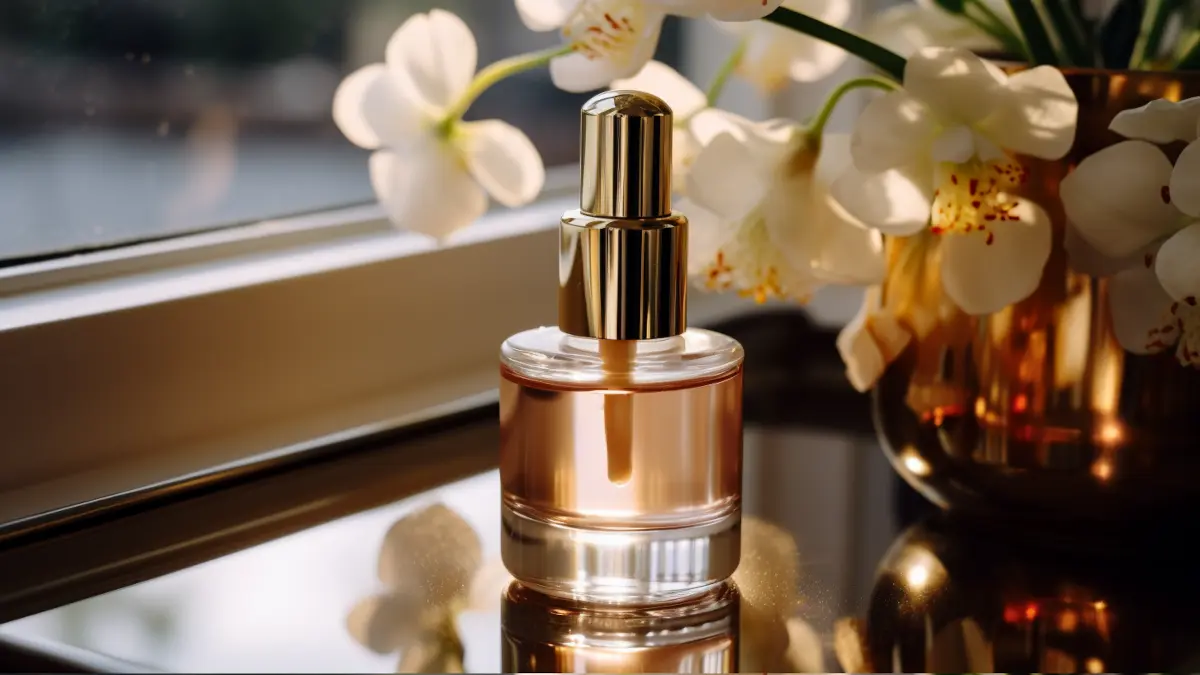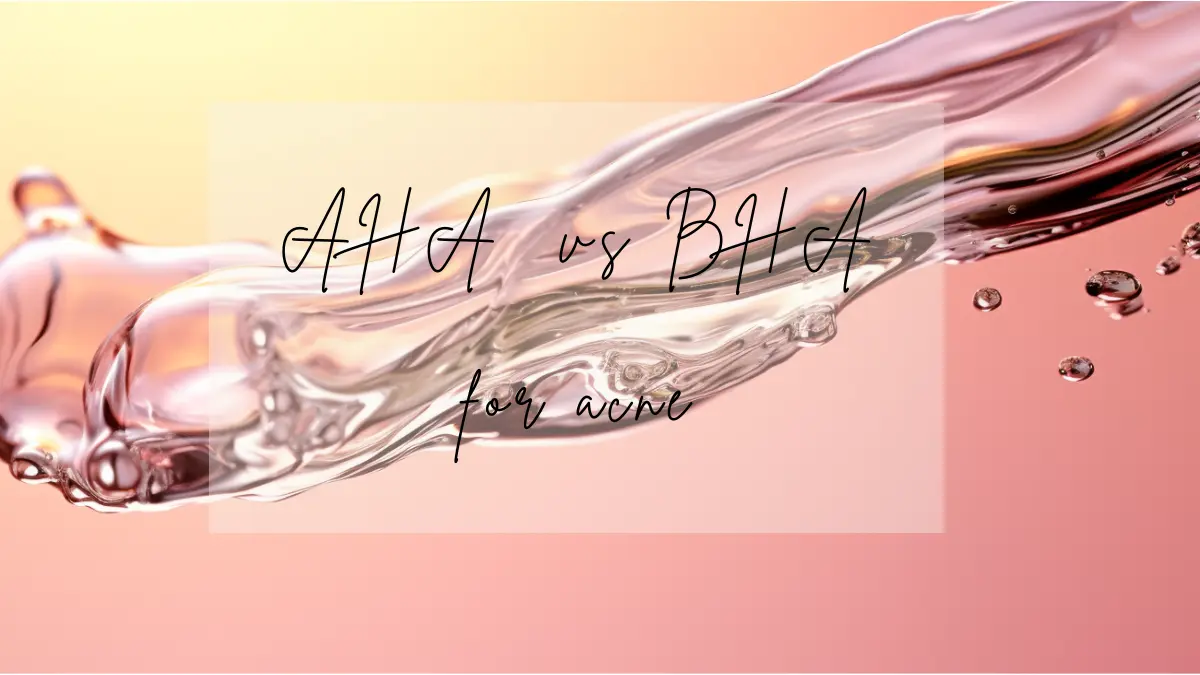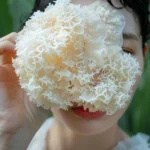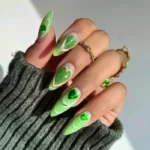Tretinoin is the anti-aging gold standard of all ingredients. Adding tretinoin to your skincare routine has many benefits, whether for acne or anti-aging. Tretinoin increases cell turnover and helps with acne, skin aging, and hyperpigmentation. It also stimulates collagen and elastin production, thickening the skin, slowing down the aging process, and filling in fine lines. It even helps your skin stay hydrated, giving you that “tret glow.”
As cool as it is, tretinoin is not a product for everyone. It can cause a lot of irritation to the skin, especially right at the very start of treatment. Tretinoin can make skin red, flaky, and sensitive. Tretinoin can increase sensitivity to the sun. It can also exacerbate other skin conditions like rosacea and may be unsafe for pregnant or nursing mothers.
Many people give up on tretinoin because of purging, peeling, and increased sensitivity experienced for the first few months of use during retinization. But if you stick with it, you could have your best skin ever. Build up your tolerance to tretinoin by following the tips below, and you’ll have a smooth start and reap the benefits of your tretinoin skincare routine. Here’s how to get through the woods.
[Editor’s note: Retinoids shouldn’t be used by those who are pregnant, considering getting pregnant, or nursing. Please consult with your doctor before use.]
Tretinoin Skincare Routine Guide:
Morning Routine
For the morning routine, the essentials should be moisturizer and sunscreen. Tretinoin should not be applied in the AM because it is not photostable.
1. Cleansing
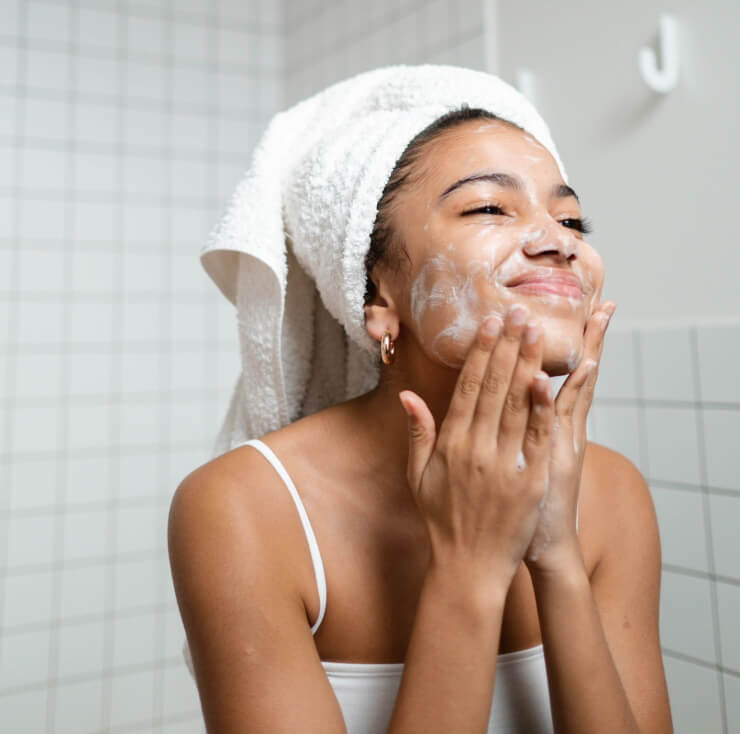
Depending on your skin type, you can use a gentle cleanser or a splash of water.
If your skin type is dry, then water is enough. There is no need to use a cleanser in the morning, as it can dry you out even more.
If your skin type is oily, gently cleanse with a foam cleanser.
You are the expert on your skin, so do what works for you.
2. Hydration
Of course, hydrating toners and essences can be layered to help strengthen the skin barrier but are not mandatory. Niacinamide is an excellent ingredient to search for in a serum and a moisturizer in the morning. Other excellent ingredients are ceramides, essential fatty acids, and cholesterol.
3. Moisturizing
Apply moisturizer. Research shows that moisturizers enhance the effects of tretinoin, especially those containing niacinamide [4].
4. Sunscreen
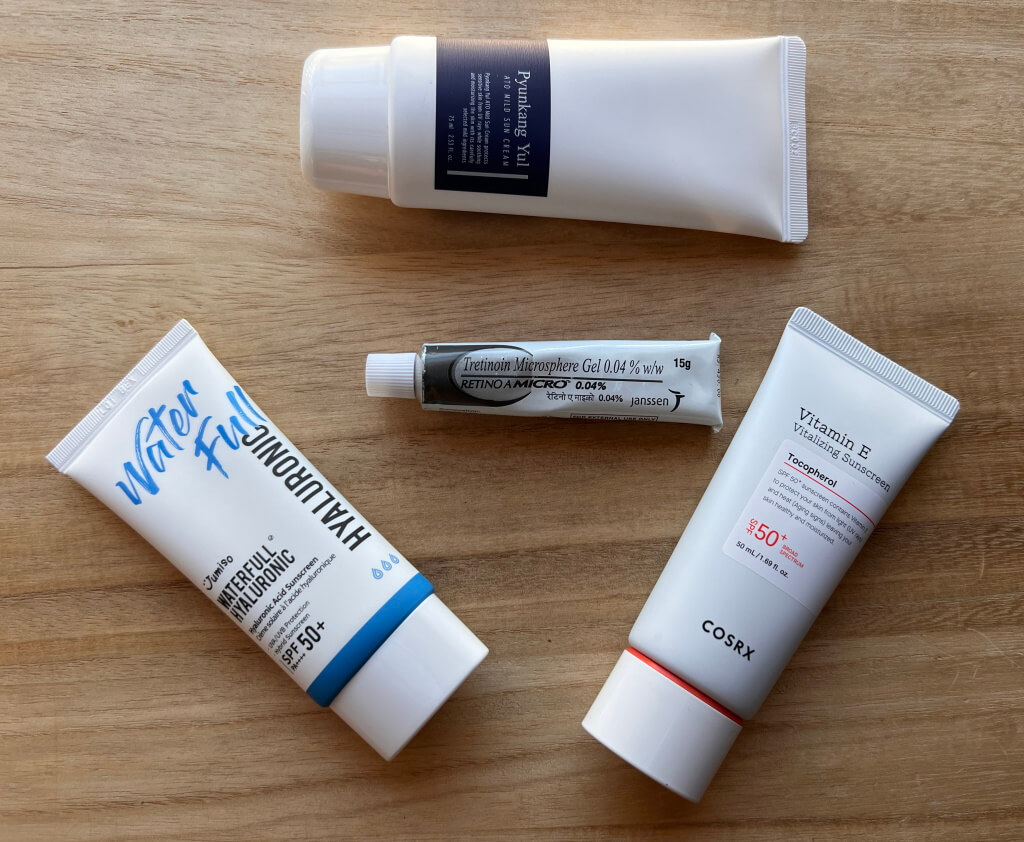
Remember always to use a broad-spectrum SPF in the morning when using tretinoin. It would be best to use SPF daily anyway, so it shouldn’t be too hard to remember.
Tretinoin and sunscreen go together hand in hand, so don’t ever skip it.
Evening Routine
In the evening, things should be kept simple. Tretinoin should be applied after cleansing or on top of toner and moisturizer.
Depending on your skin type and conditions and how long you have been using tretinoin, you can use different application methods, called tretinoin buffering methods.
A note on cleansing, which is done before the application of tretinoin.
Gentle cleansers are essential. If your face feels “tight” after using your cleanser, it is too harsh; get another one!
This step is needed whether you have makeup on or not because this removes sunscreen.
Tretinoin Buffering Methods
Tretinoin should be applied only at night. Each application method below refers to the nighttime routine.
Short Contact Therapy
The most gentle method for beginners with sensitive skin is to let the tretinoin briefly absorb and then rinse it.
How to Do Short Contact Therapy?
- Cleanse;
- Apply tretinoin to your dry skin;
- Wait 5-10 minutes;
- Rinse it off;
- Immediately apply moisturizer.
Slowly increase the time you leave the tretinoin on your face by 5 minutes every week until your skin is accustomed to it. You can switch to another buffering method if you don’t experience redness, dryness, peeling, or discomfort.
The Sandwich Method
After successfully applying the “short contact” method above, you can try the “sandwich method.” Like on a sandwich, the tretinoin sits between two layers of moisturizer. This could be an excellent way to reduce irritation.
Before the tretinoin, the first layer should be a light moisturizer that does not contain occlusive ingredients. Depending on how occlusive the ingredients are, they could impede the absorption of tretinoin.
You should wait a few minutes to give tretinoin time to get into the skin cells and then put on more moisturizer. This time, it could be something heavier, more occlusive.
Research shows that moisturizers, especially those containing niacinamide, enhance the effects of tretinoin. Light serums are less suitable because they increase absorption and, therefore, increase irritation. [3]
- Cleanse;
- Moisturizer on damp skin;
- Wait for the skin to dry (~15min);
- Apply tretinoin
- More moisturizer.
- Apply occlusive (optional)
The Moisture Blanket Method
The “moisture blanket” covers tretinoin with a layer of moisturizer. It would be best to wait a few minutes to give tretinoin time to get into the skin cells before putting on moisturizer. Of course, this method is less moisturizing than the sandwich method and should be gently tried after some months without irritation.
- Cleanse;
- Wait for the skin to completely dry;
- Apply tretinoin;
- Wait for tretinoin to dry (5 mins);
- Apply moisturizer
- Apply occlusive (optional)
Tretinoin products are designed with average “trans-epidermal water loss” considered. Adding an occlusive on top disrupts the expected water loss and could cause increased irritation. Always patch-test any changes.
The Rogue Method
This means no buffering, and it’s only for pros.
- Cleanse;
- Wait until your skin is dry;
- Apply tretinoin;
Does Buffering Tretinoin Reduce Effectiveness?
Buffering does not decrease the effectiveness of tretinoin
For acne treatment, studies show buffering does not cause problems with tazarotene, a relative of tretinoin.[3] We haven’t seen any studies of buffering with tretinoin. In some case studies, it has been noted that buffering doesn’t work as well, especially with the micro-gel forms.
Redness and flaking are undesirable side effects, and minimizing them will not decrease the effectiveness of the treatment.
It doesn’t mean tretinoin isn’t working if you don’t have irritation. It can take 1-3 weeks to feel the effects.
How to Apply Tretinoin?
Always apply tretinoin to dry skin. That means either:
- very gently pat-dry your skin after cleansing and wait a few minutes for it to dry completely or
- wait for your moisturizer to dry completely for 5-15 minutes.
Tretinoin should be applied thinly and evenly over the area you want to treat. Tretinoin is not a spot treatment and could burn your skin if you glop it over one area.
Make sure your face is dry to the touch. Run your fingers through your eyebrows to ensure no water is left on your face because hydration increases skin permeability and the absorption of topically applied products. If your skin is wet when using tretinoin, you will likely see an increase in flaking, peeling, and irritation.
How Much Tretinoin Should I Apply?
- Apply a pea-sized amount of tretinoin to your entire face. If you struggle to rub it in, you have used too much.
- Please do not put it directly under the eyes, around the mouth, or in the nose folds.
- To evenly spread that small amount, apply a small dot in the center of the forehead, on the cheeks, nose, and chin.
- Sweep out to the outer parts of the face to spread it.
It may feel as if it is not enough, but it is. This is because tretinoin is a fat-soluble molecule immediately absorbed by our cells and bound to its receptors. When all the receptors become saturated, the excess is stored in the cell, and the amount of unused tret in our skin is directly linked to irritation and other side effects. So, if you’re using more than necessary every time, the amount of free tretinoin in your skin will quickly skyrocket.
The best way to check if you’re using more than you should is to gently apply a thin tissue to your face when you finish spreading your tretinoin. The tissue should fall off. If it sticks, you’ve used too much.
When Should I Apply Tretinoin?
No matter what you do, you must apply tretinoin only at night. The reason is that tretinoin is photosensitive, which means it breaks down quickly in sunlight. Using it in the daylight won’t work, which wastes good product.
Where Should I Apply Tretinoin?
Apply tretinoin evenly to your entire face. Tretinoin is NOT a spot treatment. Uneven application can mean weird patches of irritation and discoloration, especially on darker skin tones.
Unless you’re using a retinoid eye cream, avoid your eye area, mouth corners, nostrils, and neck. These areas are sensitive! Many brands say to use retinoids on your décolletage, but I find it too strong. I find anything other than a hydrating moisturizer is too much for my neck at my current age!
How Often Should I Apply Tretinoin?
The goal is to maximize the positive benefits of your retinoid treatment while minimizing irritation.
You might want to ease into your tretinoin application to prevent excess peeling and keep yourself from looking like a monster.
So, please don’t use it nightly. Your skin needs time to get used to it, so don’t go crazy and slather it on each night. To build tolerance, apply once every two to three days in the beginning. Use the other nights to add plenty of hydration and moisturization.
Remember that to see the long-term benefits, you must use tretinoin regularly and consistently. Experts say you need at least three months of consistent use to see results. Some even state six months, but that’s not to say that you won’t see some benefits with the first few uses! If you stop using them, your skin will return to baseline!
What Ingredients Can I Mix with Tretinoin
First, remember that there will always be brands/products that mix supposedly ‘no-go’ ingredients together in one product. And that is fine. They will have/should have used scientists in a lab that have formulated the ingredients to work together with no problems.
So, with that being said, if you are using the following ingredients separately, this is a summary of what experts recommend:
- Save your vitamin C for the AM with your SPF and your tretinoin for the nighttime (different pHs required to work).
- You can use AHAs/BHAs/peels with tretinoin, but not in the same routine. Save your acids for the AM with SPF, tretinoin for the PM, or alternate the nights you use them. Both increase cell turnover and can irritate the skin. You may see some seasoned skincare users using acids and tretinoin altogether. They know their skin, and they are accustomed to doing that!
- Don’t use retinoids with benzoyl peroxide together; they will cancel each other out. Again, save your benzoyl peroxide and other spot treatments for AM use with SPF and retinoids for the evening.
- Ceramides, hyaluronic acid, and niacinamide are all fine to use with tretinoin, but use them at least 20 minutes after tretinoin serum has sunk in.
Final Thoughts
I hope these tips have eased you into finding out how to include tretinoin in your skincare regime. Follow them whether you are a complete retinoid newbie or a tretinoin rockstar who plans to switch things up.
Show Me Proof
- Roos TC, et. al. Retinoid metabolism in the skin. Pharmacol Rev. (1998)
- Concha J, et. al. Effect of Rosehip Extraction Process on Oil and Defatted Meal Physicochemical Properties. JAOCS (2006)
- Tanghetti E, Draelos Z, Moisturizer Use Enhances Facial Tolerability of Tazarotene 0.1% Cream Without Compromising Efficacy in Patients With Acne Vulgaris
- Del Rosso JQ. The role of skin care as an integral component in the management of acne vulgaris: part 1: the importance of cleanser and moisturizer ingredients, design, and product selection. J Clin Aesthet Dermatol. 2013 Dec;6(12):19-27. PMID: 24765221; PMCID: PMC3997205.
- Zoe D, Clinical Situations Conducive to Proactive Skin Health and Anti-Aging Improvement, Journal of Investigative Dermatology Symposium Proceedings, Volume 13, Issue 1, 2008
- Schorr ES, Sidou F, Kerrouche N. Adjunctive use of a facial moisturizer SPF 30 containing ceramide precursor improves tolerability of topical tretinoin 0.05%: a randomized, investigator-blinded, split-face study. Journal of Drugs in Dermatology : JDD. 2012 Sep;11(9):1104-1107. PMID: 23135655.
- Retinoid-Induced Flaring in Patients with Acne Vulgaris: Does It Really Exist?: A discussion of data from clinical studies with a gel formulation of clindamycin phosphate 1.2% and tretinoin 0.025%. J Clin Aesthet Dermatol. 2008 May;1(1):41-3. PMID: 21103310; PMCID: PMC2989803.
- Barai, Namrata D. “Effect of hydration on skin permeability.” PhD diss., University of Cincinnati, 2002.
- Tan G, Xu P, Lawson LB, He J, Freytag LC, Clements JD, John VT. Hydration effects on skin microstructure as probed by high-resolution cryo-scanning electron microscopy and mechanistic implications to enhanced transcutaneous delivery of biomacromolecules. J Pharm Sci. 2010 Feb;99(2):730-40. doi: 10.1002/jps.21863. PMID: 19582754; PMCID: PMC2849273.


